Food is essential for survival, yet its history is filled with peculiar stories that border on the fantastical. Matt Siegel, in “The Secret History of Food,” delves into twelve of the most bizarre moments that have shaped our culinary world. From legal ramifications to mysterious origins, let’s explore these odd historical events that have transformed the way we eat and perceive food.
The Great Tomato Debate of 1893
The humble tomato was at the center of a legal debacle that reached the U.S. Supreme Court. In 1893, the Court had to decide whether tomatoes were fruits or vegetables. This decision came only after tomatoes shed their scary reputation as potentially poisonous or even as magical objects used to summon werewolves. The Supreme Court eventually ruled in favor of classifying tomatoes as vegetables, owing to their culinary use. Despite being botanically a fruit, tomatoes were destined to grace our salads and sauces rather than our desserts.
Potatoes: From Leprosy to French Fries
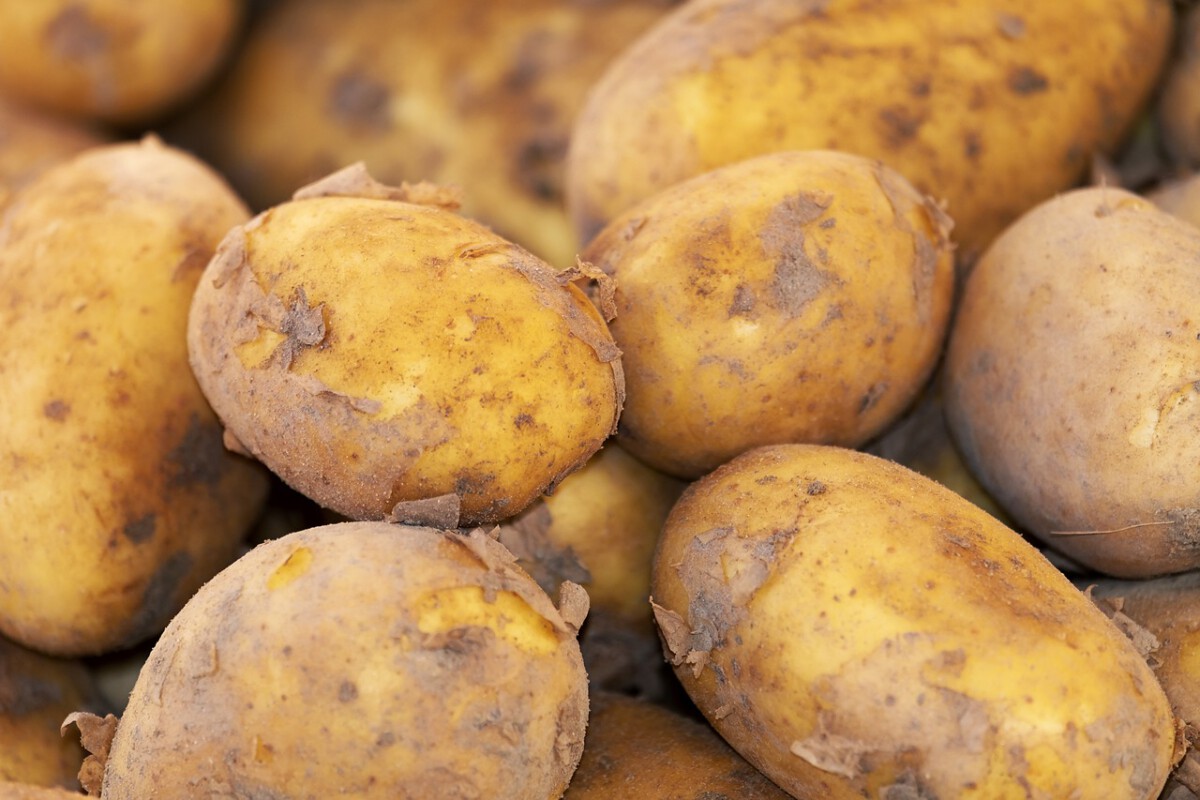
In past centuries, potatoes were linked to the spread of diseases such as syphilis and leprosy, mainly due to their unfortunate resemblance to the afflictions’ symptoms. Over time, people overcame their fears and embraced the potato, largely thanks to its versatility and the advent of French fries. Today, potatoes are America’s favorite vegetable, showing how perceptions can change drastically over time.
Vanilla: Not So Vanilla After All

While “vanilla” might metaphorically signify something ordinary, the reality of this spice is quite extraordinary. It is the only edible fruit from orchids, needing careful hand-pollination—a technique pioneered by a young enslaved boy named Edmond Albius. Despite its everyday use, vanilla is the second most expensive spice in the world, underscoring its unique and complex nature. Its price is surpassed only by saffron, a testament to its exotic allure.
The Bland History of Breakfast Cereal
In the late 19th century, health reformers created the first ready-to-eat breakfast cereals. They believed spices and sugars could lead one to temptation and sin, paving the road, quite humorously, to eternal damnation. The intentionally bland nature of these cereals was supposed to curb such desires. Today, however, the cereal aisle is a riot of sugary options, suggesting a rebellion against this initial bland mandate.
Genetics and Comfort Foods

Fascinatingly, our love for certain comfort foods might start long before we’re born. Scientific research shows that flavors in amniotic fluid and breast milk, driven by a parent’s diet, can influence an infant’s future preferences. This backs the idea that what’s comforting stems from the deepest, most primal memories—even those in the womb. Meanwhile, genetic predispositions also play a role in tastes, as seen in the divisive opinions on cilantro.
The Curious Case of Breast Milk
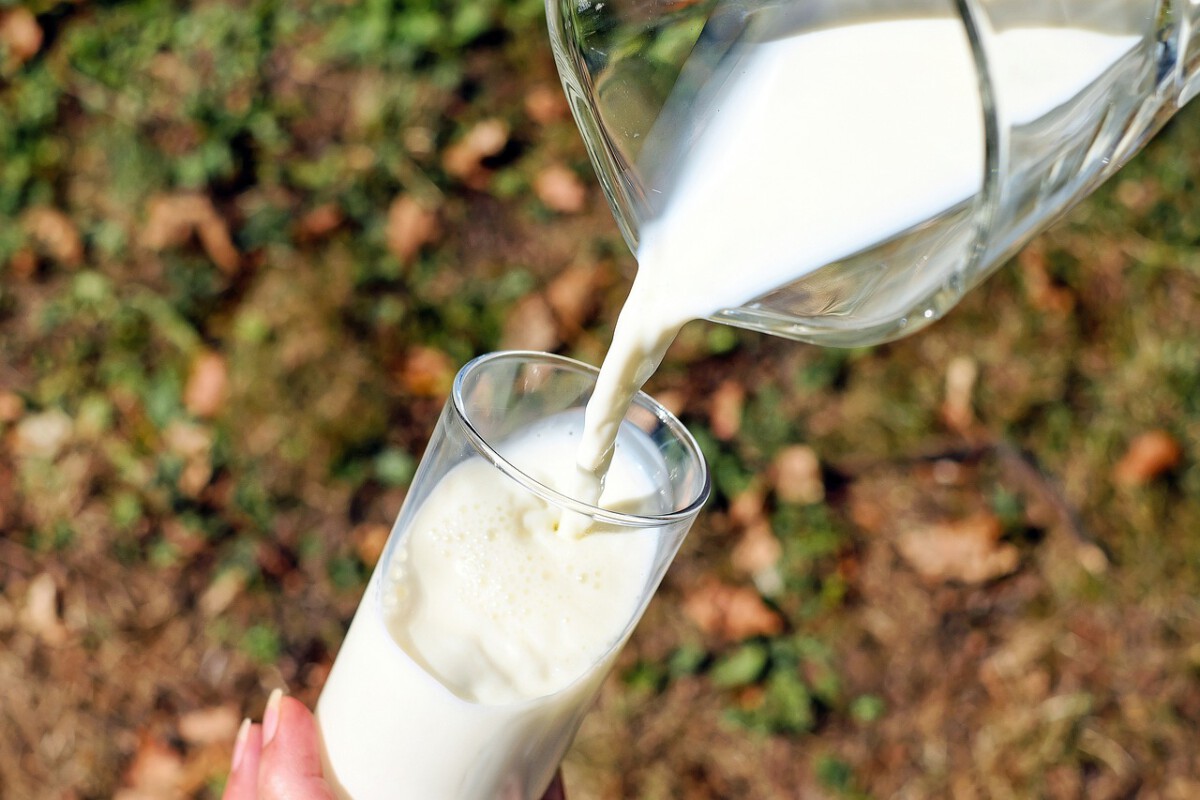
In centuries past, breast milk was thought to carry not just nutrition but character traits and intellect from the mother to the child. This belief led to meticulous screening of wet nurses, evaluating their character and lifestyle to ensure only “child-friendly” attributes were passed along. This fascinating practice underscores ancient beliefs in the profound power of motherhood and breast milk.
From Tiny Grains to Food Staples: The Evolution of Corn
Corn’s transformation is a testament to human ingenuity. Initially resembling tiny, nearly inedible grains, corn through selective breeding became a staple. This process highlights how agriculture can radically transform plants to meet human needs. Corn now stands central in many diets, proving that even the smallest beginnings can lead to greatness.
Honey’s Unexpected Journey
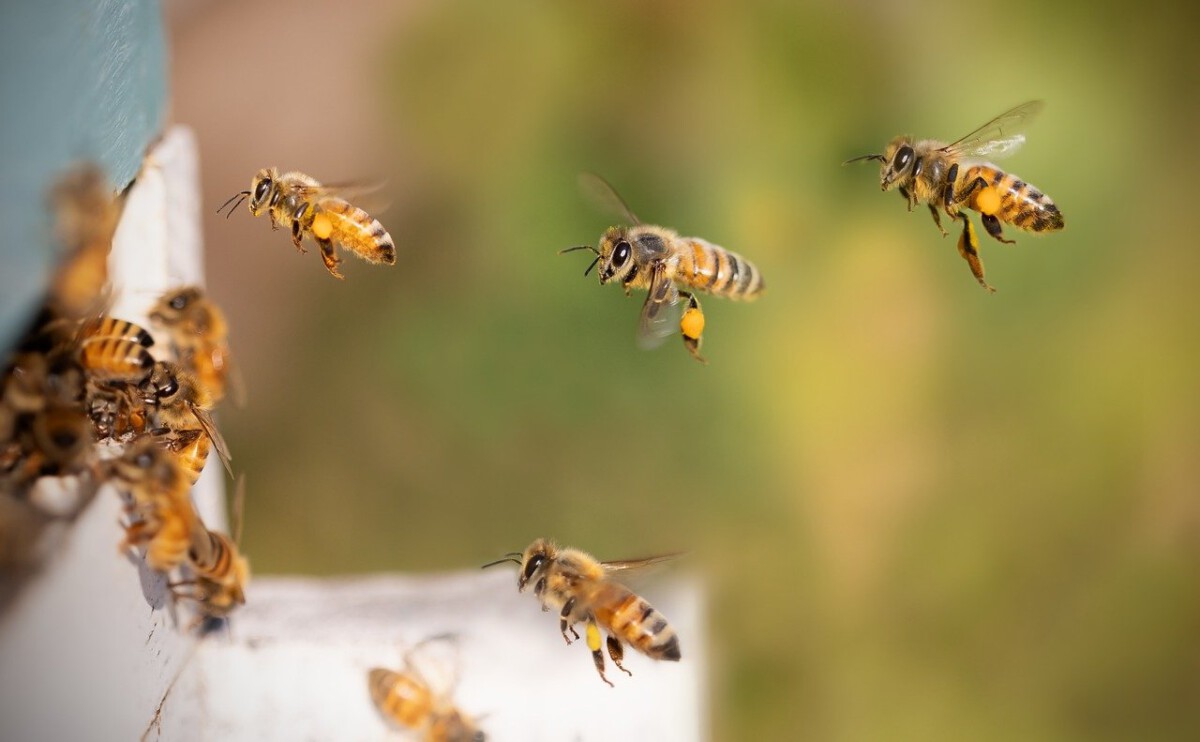
What if the honey in your pantry originated from unexpected sources like lawn weeds or even poison ivy? The possibility is quite real, extending to the chance that the ‘honey’ might actually be corn syrup colored yellow. This curiosity reveals the frequently hidden complexities behind food production, reminding us to judge the source instead of just the sweetness.
Fidel Castro’s Dairy Ambitions
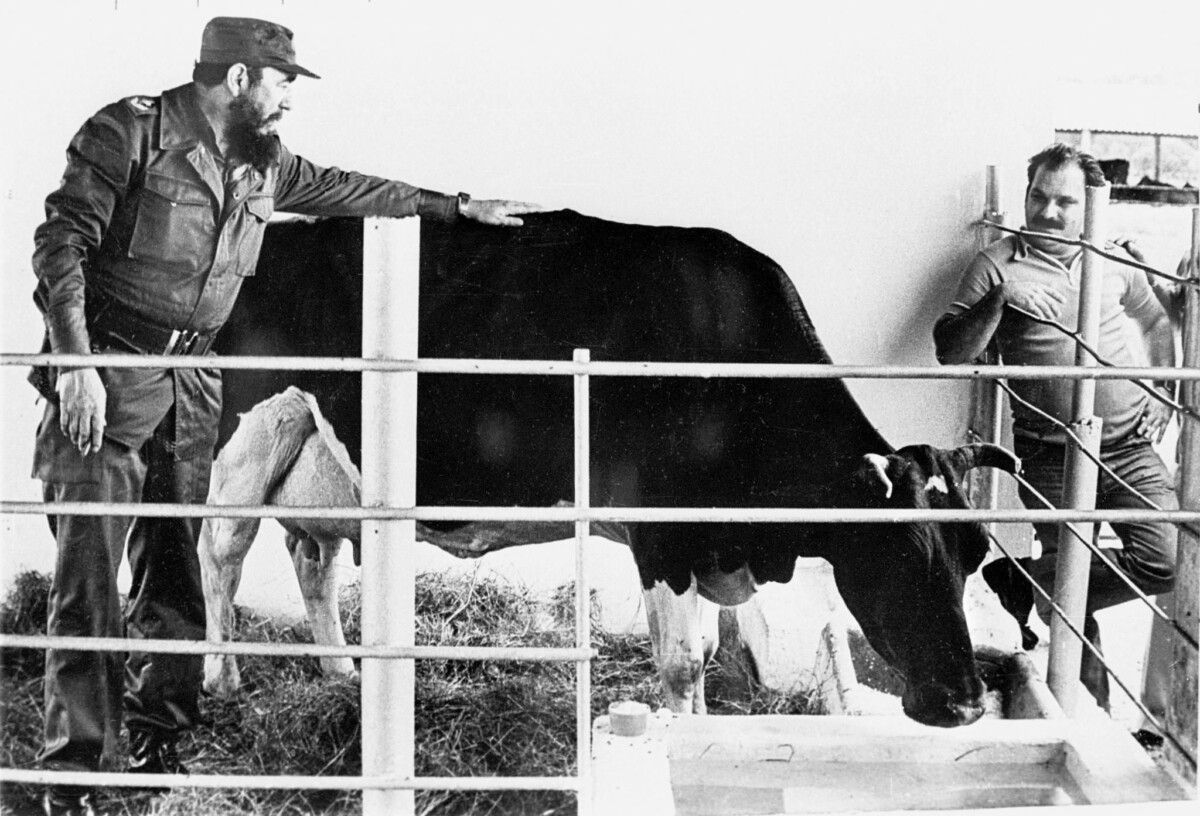
Fidel Castro’s obsession with dairy led him on a quest to create a supercow named Ubre Blanca. She was famed for producing quadruple the milk of American cows. Castro’s passion extended beyond an average fondness, as Ubre Blanca’s legacy includes military eulogies and a marble statue. This obsession illustrates the lengths one can go in pursuit of dairy perfection.
The Rebranding Miracle of the Chilean Sea Bass
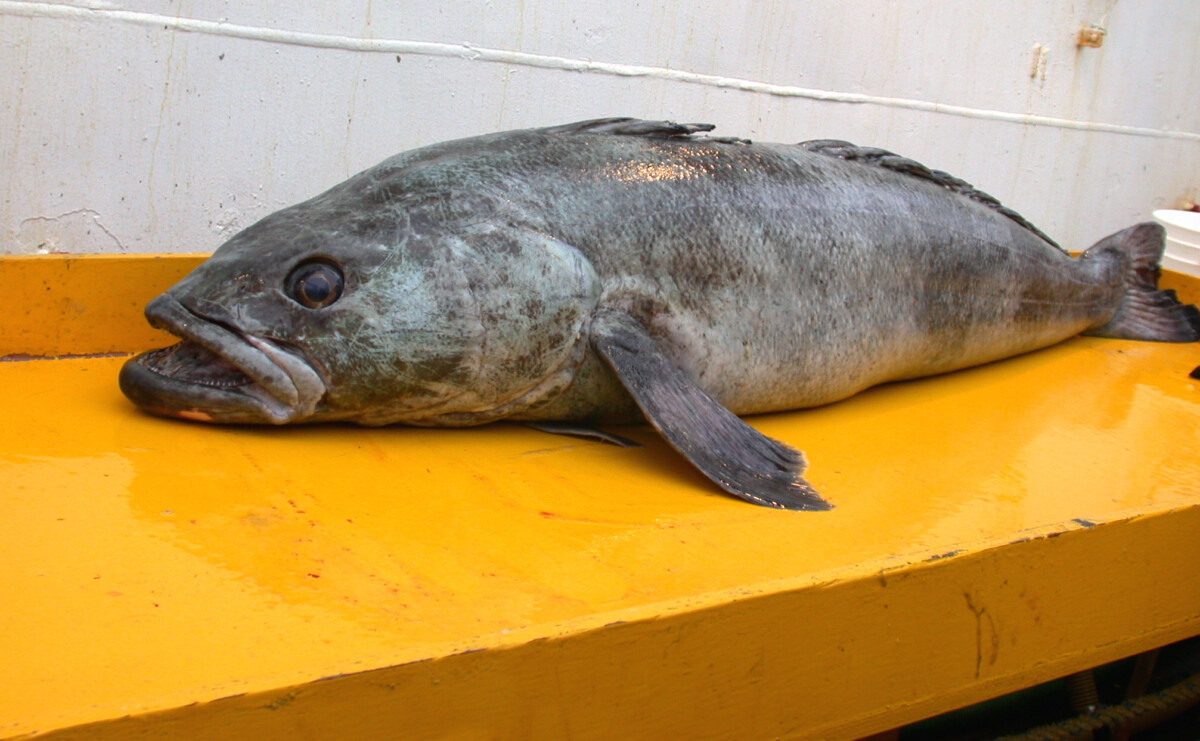
The Patagonian toothfish didn’t quite capture consumers’ culinary imagination until it was rebranded in 1994 as the Chilean sea bass. This simple name change transformed it into a gourmet favorite, selling at premium prices. This case is a powerful reminder of marketing’s role in food popularity, proving that perception can be more powerful than taste.
The Tall Tales of Spice Traders
Once upon a time, spice traders spun incredible yarns to justify their high prices. Cinnamon allegedly came from towering bird nests, while black pepper required brave adventurers to chase away serpents. These vivid stories added an allure to spices, turning mundane plants into exotic wares worthy of perilous voyages. In reality, the truth was simpler but far less captivating.
Debunking the Fly-catching Myth

The adage claiming honey better attracts flies than vinegar isn’t entirely accurate. In truth, the attraction is influenced by several factors, including the flies’ physiological states and vinegar’s acidity. Surprisingly, research suggests that substances like beer or even human semen can be more effective. It’s a humbling reminder of how our understanding of natural phenomena is continuously evolving.
These moments in food history are not just about the past; they reveal much about human nature, the power of belief, and the constant evolution of our understanding. Each tale, bizarre and striking, speaks to the richness of culinary lore and reminds us that even the everyday foods we enjoy have extraordinary backstories.



